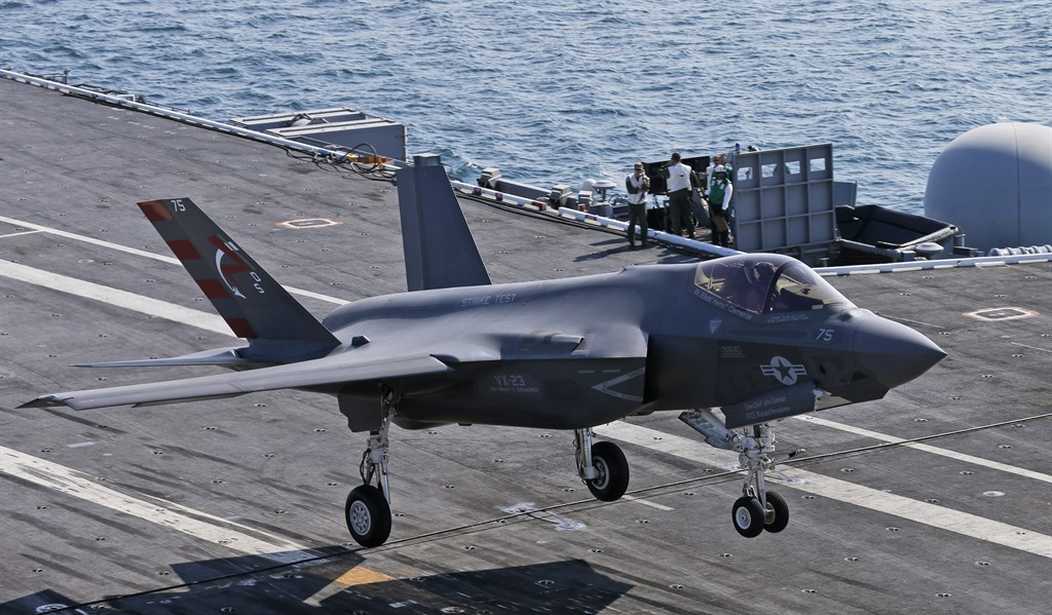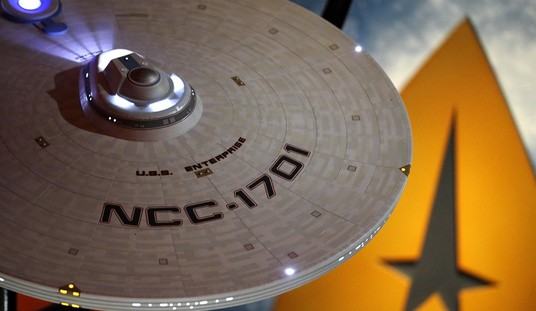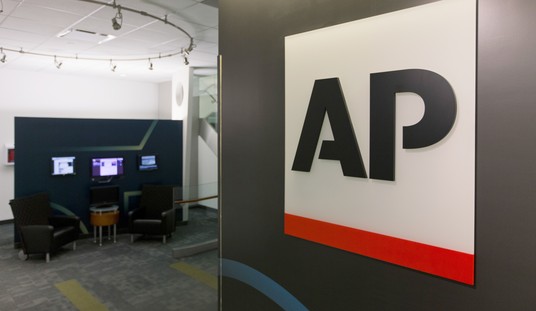The USS Dwight D. Eisenhower Carrier Strike Group made a triumphant return to its base in Norfolk on Friday after eight months of shooting down Houthi-launched missiles and drones off Yemen's coast, in what CBS News describes as "the most intense running sea battle the Navy has faced since World War II."
Capt. Marvin Scott, commander of the air wing, said his group responded “precisely and, when required, violently” to the Houthi combination of missile and drone attacks on commercial shipping in the Red Sea.
“It was very dynamic. It was something we really have not seen — for the carrier strike group to be that close to that kind of fight — since World War II. It has been a constant evolution,” Scott said.
The pier was jammed with families looking to reunite after the longer-than-usual deployment.
"We're going to go sit down on the couch, and we're going to try and make up for nine months of lost time," Cmdr. Jaime Moreno said while hugging his two young daughters, ages 2 and 4, and kissing his wife, Lynn.
Moreno said he couldn't be prouder of his team and "everything that the last nine months have entailed."
The air group "expended 60 air-to-air missiles and released 420 air-to-surface weapons. All told, the strike group completed more than 13,800 flights totaling about 31,500 hours," according to Stars and Stripes.
Modern American sailors had rarely been exposed to this kind of stress. The close proximity of the Houthi launching sites made the four-ship strike force easy targets, forcing the sailors to remain on high alert for many hours at a time.
U.S. Navy sailors have seen incoming Houthi-launched missiles seconds before they are destroyed by their ship's defensive systems. Officials in the Pentagon have been talking about how to care for the sailors when they return home, including counseling and treatment for possible post-traumatic stress.
Cmdr. Benjamin Orloff, a Navy pilot, told reporters in Virginia Beach on Friday that most of the sailors, including him, weren't used to being fired on, given the nation's previous military engagements in recent decades.
"It was incredibly different," Orloff said. "And I'll be honest, it was a little traumatizing for the group. It's something that we don't think about a lot until you're presented with it."
But at the same time, Orloff said sailors responded with grit and resilience.
"What's impressive is how all those sailors turned right around — and given the threat, given that stress — continued to do their jobs beyond reproach," Orloff said, adding that it was "one of the most rewarding experiences of my life."
Oftentimes, we forget what the families have had to endure during these long deployments.
“It has been frightening — him being part of it all,” Molly Girard said as she adjusted 1-year-old daughter Evie on her hip. Maggie Ruth, 3, clung to her mother’s dress as they waited to greet father and husband Lt. Cmdr. Britton Girard.
With two young children, Molly Girard said it was important that the stress of the deployment not impact the children. The family worked to communicate as often as possible, utilizing the ship’s Wi-Fi.
“We just had to wake up and take each day as it came,” she said.
Taking the USS Eisenhower's place in the Red Sea will be a strike force attached to the USS Theodore Roosevelt, a West Coast-based aircraft carrier. Until Iranian support for the Houthis is ended, U.S. warships will be forced to defend the principle of freedom of the seas.










Join the conversation as a VIP Member